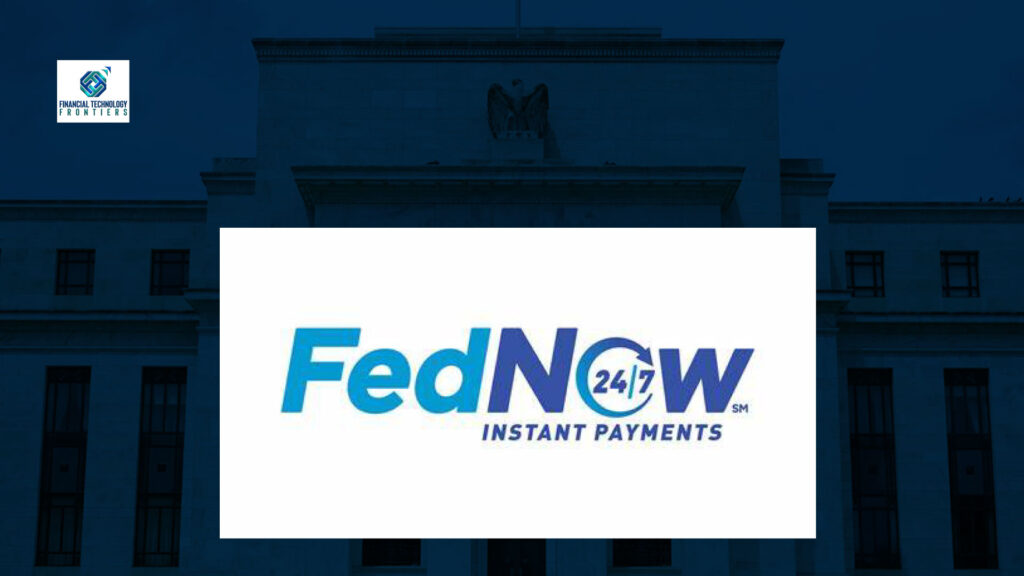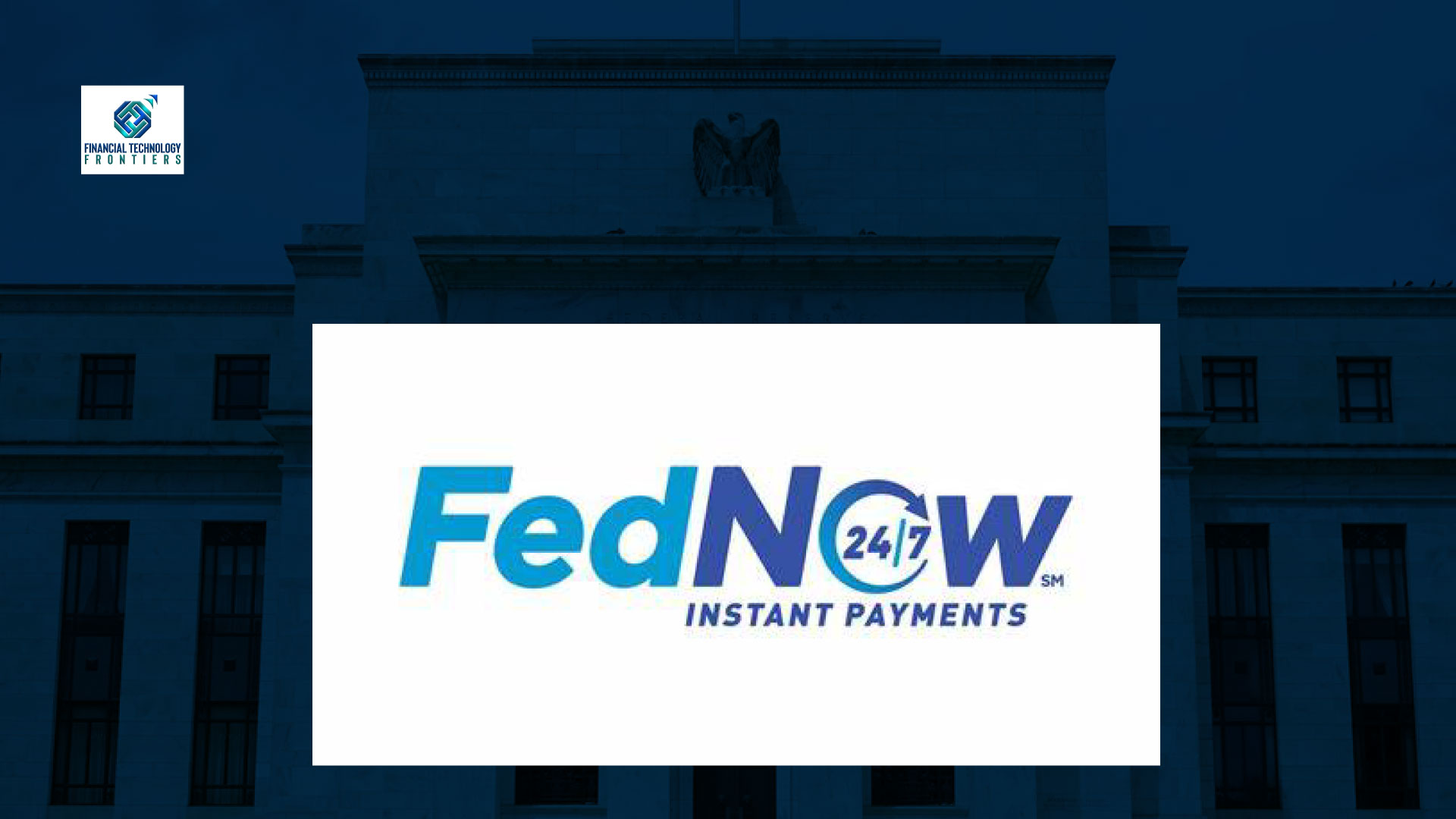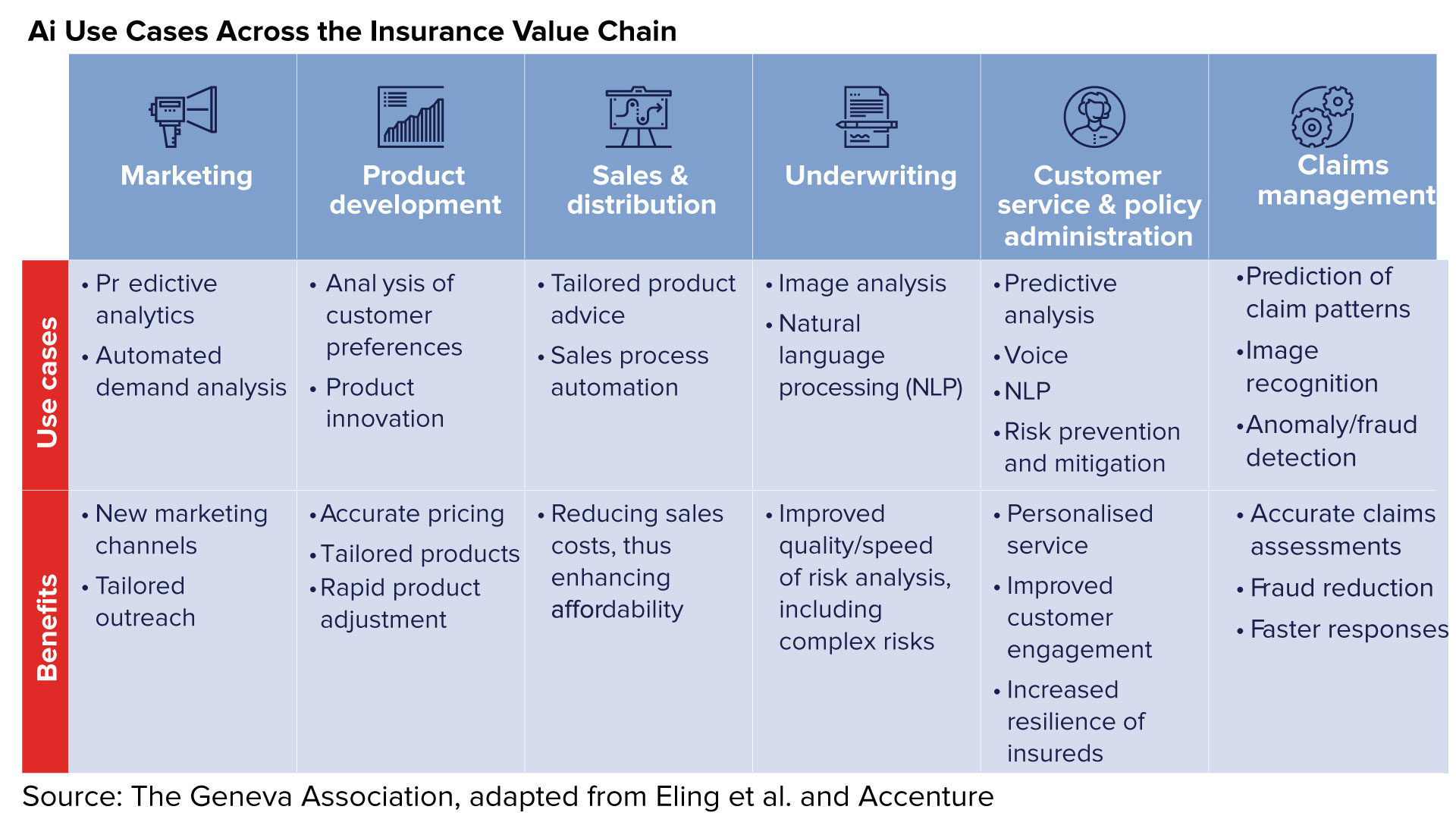
FedNow, launched by the Federal Reserve on Thursday, is a groundbreaking initiative aimed at revolutionizing the way Americans transfer money by enabling instant and real-time transactions. This new piece of financial infrastructure operates behind the scenes, allowing participating financial institutions to seamlessly transfer funds among themselves without the delays experienced in the current system. By providing a faster and more efficient way to move money, FedNow aims to reduce fees and costs that disproportionately burden lower-income individuals, fostering greater financial inclusion and accessibility.
While the Federal Reserve will not directly offer an app for consumers, banks and credit unions that join the FedNow network can develop their own offerings. This opens exciting possibilities for customers, such as centralizing and automating recurring payments like rent, utility bills, and prescriptions. Moreover, hourly workers can benefit from receiving their earnings mid-payment cycle, and individuals in urgent situations, like auto accidents, can opt for faster insurance payouts for repairs.
A key motivation behind FedNow is to alleviate the financial burden on lower-income Americans. With instant payments, consumers can avoid costly overdraft and late fees. Additionally, individuals living paycheck to paycheck can save on high check cashing service charges incurred when trying to access funds quickly. For example, during the pandemic, Americans spent an estimated $66 million in check cashing fees to access stimulus funds, which FedNow aims to eliminate.
While platforms like Venmo and PayPal enable instant payments among users, withdrawing money back into a bank account still involves the traditional, slower financial processes. Some larger banks established the Real-Time Payments system in 2017, connecting 65% of U.S. checking and savings accounts, but many smaller banks and credit unions have not adopted this network. FedNow’s influence as a central bank could motivate these institutions to participate, further extending the benefits of instant payments.
Currently, 37 financial organizations and 17 payment service providers have signed up to leverage the FedNow service. Among the early participants are prominent banks such as JPMorgan Chase, Wells Fargo, and BNY Mellon, alongside smaller community banks and credit unions. However, the current engagement represents only a small fraction of the 9,000 banks and credit unions in the United States, leaving ample room for further growth and inclusion. The Federal Reserve has enlisted the participating financial institutions that are currently live on the services.
FedNow, the Federal Reserve’s visionary initiative, seeks to transform the way Americans send and receive money by facilitating instant and real-time transactions. By providing financial institutions with a robust infrastructure for faster transfers, FedNow aims to reduce fees and costs for lower-income individuals, foster financial inclusivity, and create a more accessible and equitable financial landscape. As more banks and credit unions join this powerful central bank-developed system, the potential benefits for individuals and businesses will continue to grow, opening new opportunities for financial prosperity and stability.




